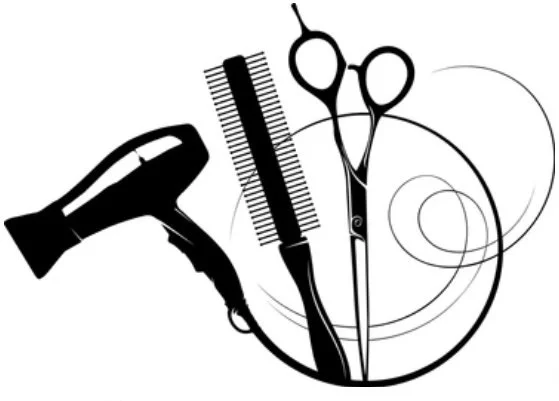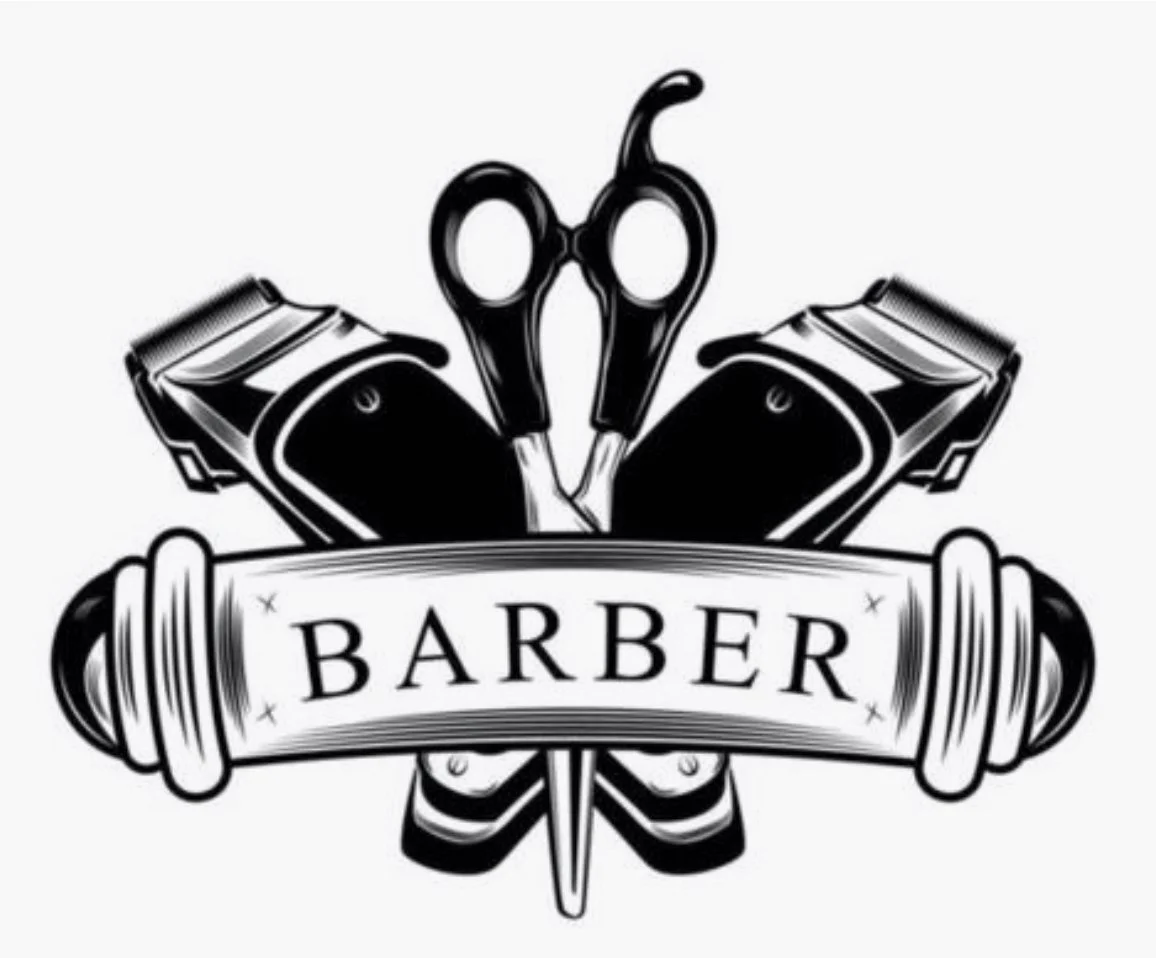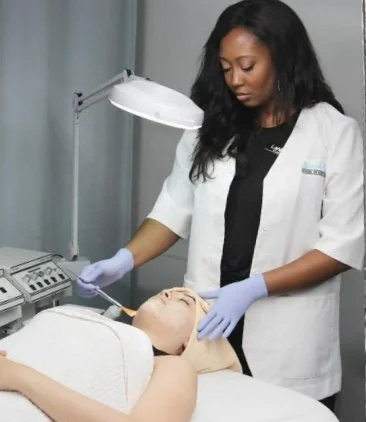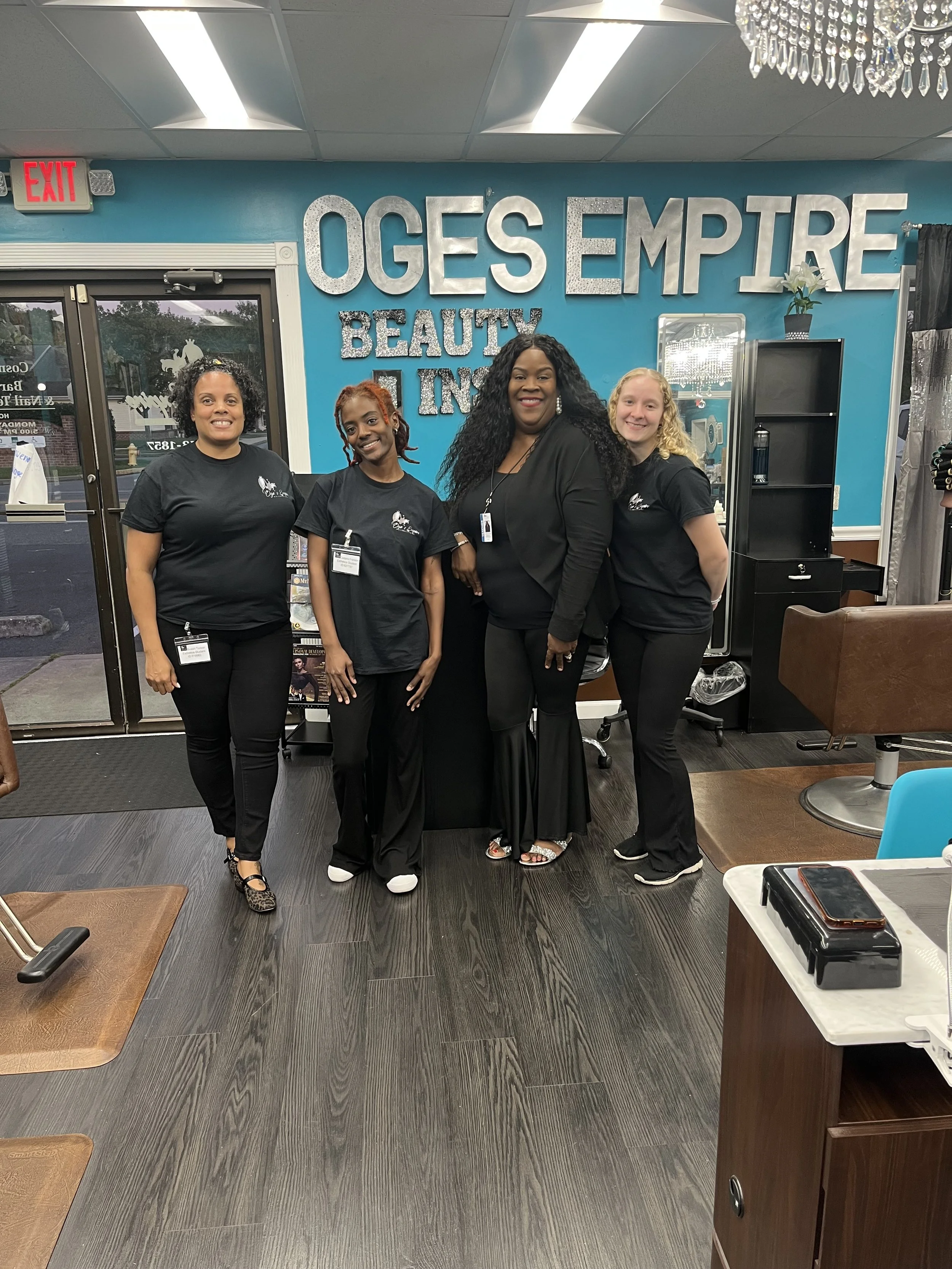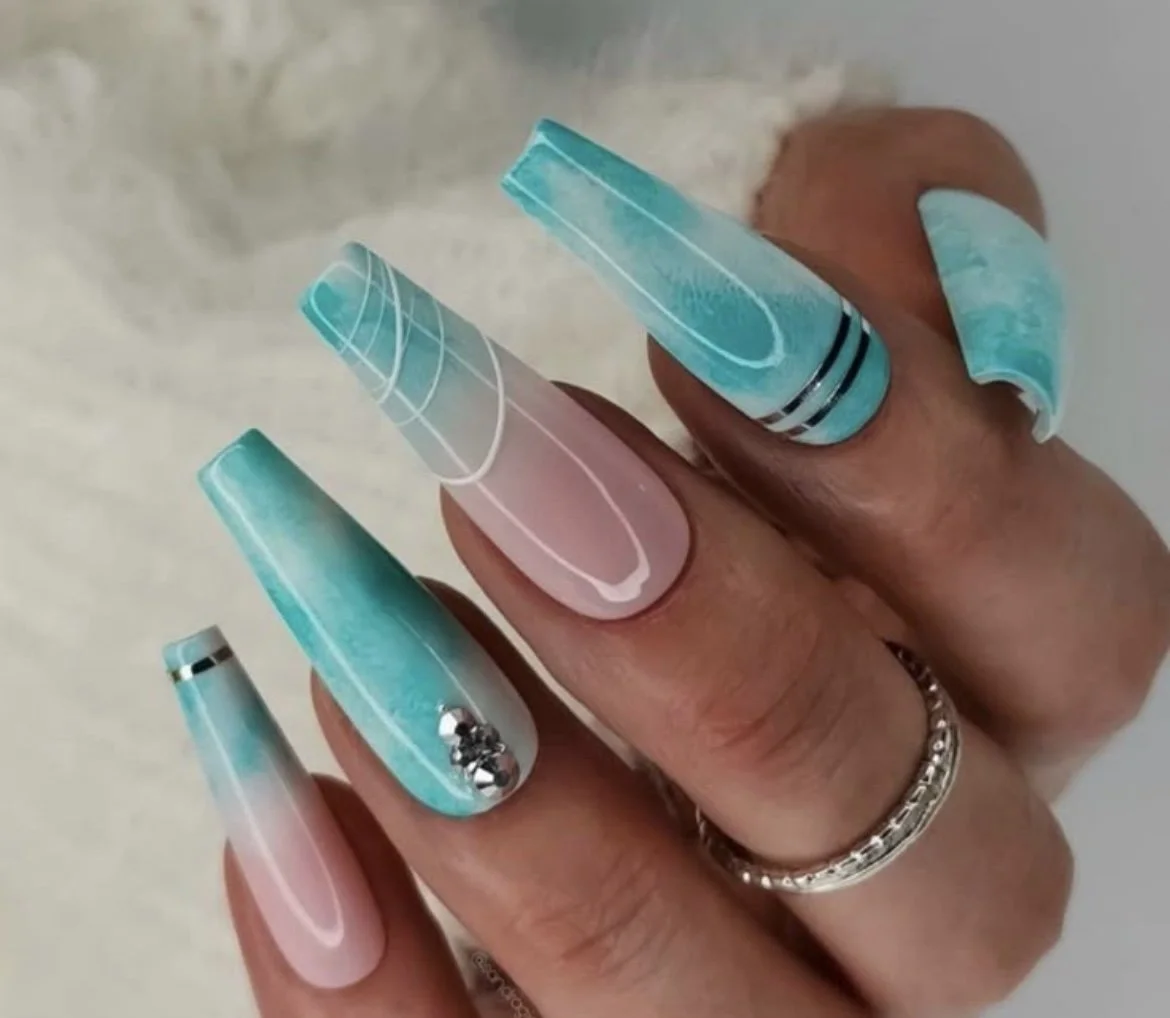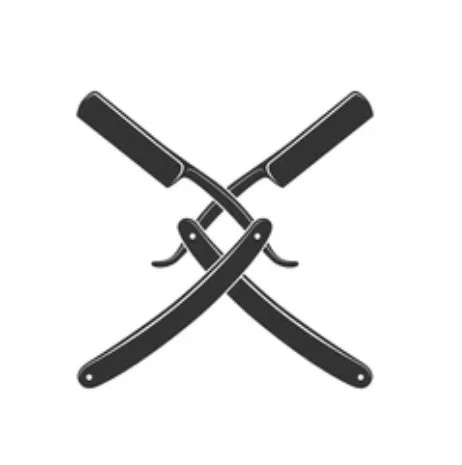* Tuition only for all programs not to include technical kits, books, registration fee, & application fee
Cosmetology 1500 hrs/$14,875
PROGRAM OVERVIEW
Students who wish to pursue a career in cosmetology must first make a strong & dedicated commitment to the education process. As a cosmetologist you should always maintain a positive attitude when servicing clients. Cosmetologist should expect to be standing for long periods of the day. Cosmetologists should understand the importance of using and adapting consistent hand-eye coordination. They must be able to keep up with the latest trends and the ability to improve techniques as these trends change. Examples of occupations for cosmetologist consists of hair stylist, nail technician, product or salon trainer, color specialist, educator, platform artist, make-up artist, salon owner or manager, and esthetician.Students who wish to pursue a career in cosmetology must first make a strong & dedicated commitment to the education process.
Students are required to complete 1500 hours for the Cosmetology Program. Students must pass all written and practical examinations with a final grade of at least 75%. Students must have fulfilled financial obligations to the school unless other arrangements have been made. If all the criteria have been met students will be issued a certificate of completion.
Master Barber 1500 hrs/$14,875
PROGRAM OVERVIEW
The course is divided into pre-clinical classroom instruction and clinical service-learning experiences. Your time at Oge’s Empire Beauty Institute, LLC for the Master Barber program will be divided into Phase I & Phase II designations:
Phase I Description, 0-900 Hours
The Master Barber educational objective for Phase I students is to obtain an in-depth introduction to the Master Barber industry. This includes completing thirty-three theory chapters. Methods used for instruction consist of, but are not limited to: Interactive lectures, role-playing presentations, Q&A, Demos, and online resources. Basic lesson plans, textbooks, workbooks, and support material are also used to supplement the curriculum.
Phase II Description, 900-1500 Hours
The educational objectives for Phase II students include encouraging students to increase their speed and accuracy during the performance of the practical skills on manikins and clients. Students participate in a one-hour theory review each morning. This portion of the 1500-hour program involves reinforcement of all prior subjects, both theory and practical. Subjects for review are structured weekly.
All students are required to participate in State Board Examination preparation classes administered by the school during this period, as well as practice on accuracy and timing. Career counseling is an on-going process during student training; however, a more intense approach is conducted during the last phase of training during salon business.
Students who wish to pursue a career in Master Barbering must first make a strong & dedicated commitment to the education process. As a master barber you should always maintain a positive attitude when servicing clients. Barbers should expect to be standing for long periods of the day. Barbers should understand the importance of using and adapting consistent hand-eye coordination. They must be able to keep up with the latest trends and the ability to improve techniques as these trends change. Examples of occupations for cosmetologist consists of barber, product or salon trainer, color specialist, educator, platform artist, salon owner or salon manager.
Barber 1250 hrs/$12,562.50
PROGRAM OVERVIEW
The course is divided into pre-clinical classroom instruction and clinical service-learning experiences. Your time at Oge’s Empire Beauty Institute, LLC for the Barber program will be divided into Phase I & Phase II designations:
Phase I Description, 0-900 Hours
The Barber educational objective for Phase I students is to obtain an in-depth introduction to the Barber industry. This includes completing thirty-three theory chapters. Methods used for instruction consist of, but are not limited to: Interactive lectures, role-playing presentations, Q&A, Demos, and online resources. Basic lesson plans, textbooks, workbooks, and support material are also used to supplement the curriculum.
Phase II Description, 900-1250 Hours
The educational objectives for Phase II students include encouraging students to increase their speed and accuracy during the performance of the practical skills on manikins and clients. Students participate in a one-hour theory review each morning. This portion of the 1250-hour program involves reinforcement of all prior subjects, both theory and practical. Subjects for review are structured weekly.
All students are required to participate in State Board Examination preparation classes administered by the school during this period, as well as practice on accuracy and timing. Career counseling is an on-going process during student training; however, a more intense approach is conducted during the last phase of training during salon business.
Students will take clients during clinical hours after the completion of phase one.
Students who wish to pursue a career in Barber must first make a strong & dedicated commitment to the education process. As a barber you should always maintain a positive attitude when servicing clients. Barbers should expect to be standing for long periods of the day. Barbers should understand the importance of using and adapting consistent hand-eye coordination. They must be able to keep up with the latest trends and the ability to improve techniques as these trends change. Examples of occupations for cosmetologist consists of barber, product or salon trainer, color specialist, educator, platform artist, salon owner or salon manager.
Instructor Course 500/250 hrs/$6500/$3500
PROGRAM OVERVIEW
Students who wish to pursue a career as an instructor should not only have a strong and dedicated commitment to the education process, but the desire to share and teach this dedication to others. As an instructor you can expect to spend a reasonable amount of time not only teaching inside of the classroom but developing your lesson plans and activities outside of classroom hours as well. You should be able to keep up with the latest trends and be able to teach them to your students as they change. Examples of occupations for Instructors are teaching at a cosmetology/barber school and/or working at a salon, salon trainer, and platform artist.
STUDENT/ INSTRUCTOR RATIO: The maximum student/Instructor ratio is 10:1
INSTRUCTOR COURSE DESCRIPTION
Course Hours: 500 hours with less than 2 years’ experience behind the chair
250 hours with more than 2 years’ experience behind the chair
INSTRUCTOR COURSE OUTLINE
The instructor program course is divided into two designations: Pre-clinical Classroom Instruction and Clinic Learning Experience.
In the 500-hour instructor course, the first 150 hours are devoted into classroom and theory workshops where students learn teaching methodology, technical information, and professional practices and classroom structure. The remaining 350 hours are spent in the clinic area where practical experience is gained.
In the 250-hour instructor course, the first 50 hours are devoted to classroom and theory workshops where students learn teaching methodology, technical information, and professional practices and classroom structure. The remaining 200 hours are spent in the clinic area where practical experience is gained.
Your time in the Oge’s Empire Beauty Institute, LLC instructor program course will be divided into two designations:
1 Pre-clinical Classroom Instruction: This section is a refresher on cosmetology skills and focuses on the theory of teaching, using Milady's Master Educator Textbook, including weekly tests.
2 Clinic Learning Experience: You will learn to write lesson plans and do actual teaching from your lesson plans. There will be a practical teaching evaluation of your teaching skills.
Esthetician Course 600 hrs/$7500
PROGRAM OVERVIEW
The course is divided into pre-clinical classroom instruction and clinical service-learning experiences. Your time at Oge’s Empire Beauty Institute, LLC for the Esthetics program will be divided into Phase I & Phase II designations:
Phase I Description, 0-300 Hours
The Esthetics educational objective for Phase I students is to obtain an in-depth introduction to the skin care industry. This includes completing all theory chapters and preparation for client services. Methods used for instruction consist of, but are not limited to: Interactive lectures, role-playing presentations, Q&A, demos, skin lesson plans, textbooks, handouts and support visuals are all used to supplement the curriculum.
Phase II Description, 300-600 Hours
The educational objectives for Phase II students include encouraging students to increase their speed and accuracy during the performance of the practical skills on mannequins and clients. Students participate in a theory review daily. This portion of the 600-hour program involves reinforcement of all prior subjects, both theory and practical. Subjects for review are structured weekly.
All students are required to participate in State Board Examination preparation classes administered by the school during this period, as well as practice on accuracy and timing. Career counseling is an on-going process during student training; however, a more intense approach is conducted during the last phase of training during salon business.
Students will take clients during clinical hours after the completion of phase one.
Students who wish to pursue a career in esthetics must first make a strong & dedicated commitment to the education process. Esthetics students should understand the importance of using and adapting consistent hand-eye coordination. They must be able to keep up with the latest trends and the ability to improve techniques as these trends change. Examples of occupations for estheticians consists of skin specialist, product or salon trainer, brow specialist, educator, platform artist, make-up artist, and salon owner or manager.
Nail Tech Program 300 hrs/$3500
PROGRAM OVERVIEW
The Nail Technology Program, which consists of 300 hours takes twelve weeks to complete. Basic manicuring, pedicuring, and the application of artificial nails are the components taught in this program. At the completion of the program, the student is issued a Certificate of Completion. For licensure, the student is required to take a state examination, consisting of a theory and practical portion. A student who successfully passes both portions of the test, is eligible to secure their license and become employed in a beauty salon or limited practice nail salon.
Methods used for instruction consist of, but are not limited to: Interactive lectures, role playing presentations, Q&A, Demos, and online resources. Basic lesson plans, textbooks, workbooks, and support material are also used to supplement the curriculum.The Nail Technology Program, which consists of 300 hours takes twelve weeks to complete. Basic manicuring, pedicuring, and the application of artificial nails are the components taught in this program. At the completion of the program, the student is issued a Certificate of Completion. For licensure, the student is required to take a state examination, consisting of a theory and practical portion. A student who successfully passes both portions of the test, is eligible to secure their license and become employed in a beauty salon or limited practice nail salon.
Methods used for instruction consist of, but are not limited to: Interactive lectures, role playing presentations, Q&A, Demos, and online resources. Basic lesson plans, textbooks, workbooks, and support material are also used to supplement the curriculum.
Shaving Course 35 hrs/$700
PROGRAM OVERVIEW
The course is divided into theory classroom instruction and clinical practical experiences.
Theory and Practical
The Shaving course educational objective is for License Cosmetology Instructors to obtain the additional hours required by the State of Delaware to allow them to be permitted to teach barbers students and hold a dual license as Instructors in cosmetology and barbering. This includes completing all theory chapters and shaving techniques. Methods used for instruction consist of, but are not limited to: Interactive lectures, role-playing presentations, Q&A, demos, shaving lesson plans, handouts and support visuals are all used to supplement the curriculum.

